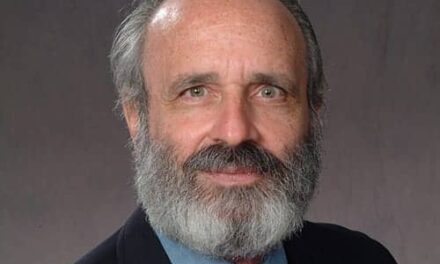Cognosos, a real-time location services (RTLS) provider, has introduced a machine learning-powered location engine into its asset-tracking platform for hospitals and healthcare facilities.
The new LocationAI technology achieves room-level accuracy, without disturbing clinical workflows with complex installation processes or the need to place hardware in patient rooms that are typical with other systems. Additionally, with Cognosos’ LocationAI technology, healthcare facilities benefit from a self-healing network that monitors and responds to environmental changes like construction or infrastructure adjustments, eliminating network decay and maintaining accuracy and reliability over time.
Cognosos’ LocationAI technology leverages powerful machine-learning algorithms that classify which room objects are in. More than this, LocationAI continuously updates its learned classifications so it gets better over time.
“We’re excited to introduce the healthcare industry to a new era of RTLS technology,” says Adrian Jennings, chief product officer at Cognosos. “Cognosos leverages the advancements in cloud, AI and machine learning to redefine what should be expected from asset tracking solutions: room-level accuracy without room-level infrastructure. Our technology eliminates several shortcomings of previous generation RTLS solutions by drastically reducing the amount of hardware needed to achieve room-level accuracy, and eliminating costly network decay. In turn, total cost of ownership and installation timelines are reduced, while ROI, accuracy and ease-of-use are maximized.”
According to Health Facilities Management’s 2021 Hospital Construction Survey, 87% of respondents had one non-temporary construction project planned. Though often overlooked, the impact of construction and changes to the infrastructure throughout a hospital can wreak havoc on RTLS networks causing loss of asset visibility and a substantial decline in accuracy. Cognosos’ LocationAI technology establishes intelligent and reliable location visibility that responds to physical changes to enable ongoing accuracy and uninterrupted support for mission-critical asset location applications.
“The past two years have demonstrated how flexible healthcare facilities need to be,” says Jennings. “The ability for a system to respond to environmental changes – and even give providers the means to create rooms and zones on the fly – is a powerful tool that enables greater responsiveness and agility, which ultimately supports a better patient experience.”





